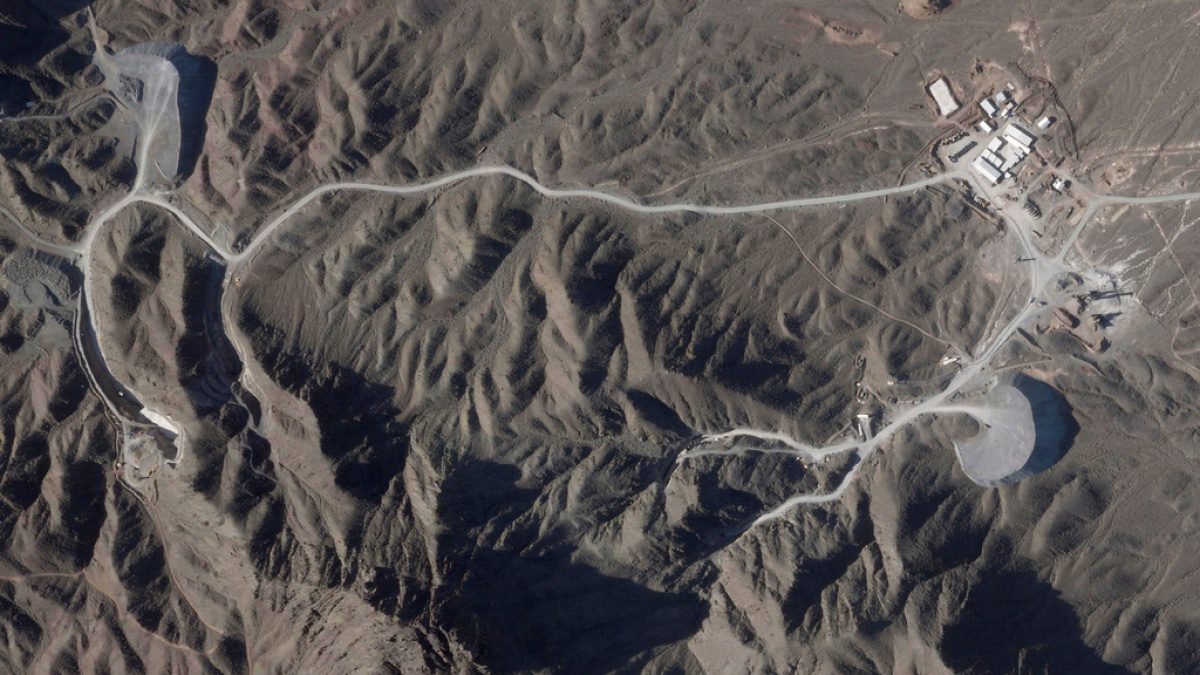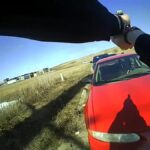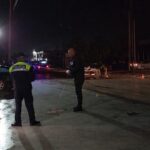Global Courant 2023-05-23 01:14:54
Near a top of the Zagros Mountains in central Iran, workers are building a nuclear facility so deep in the Earth it’s likely out of reach of a last-ditch U.S. weapon designed to destroy such sites, according to experts and analyzed satellite images by the Associated Press news agency.
Planet Labs PBC’s photos and videos show Iran has dug tunnels into the mountain near the Natanz nuclear site, which has been repeatedly sabotaged amid Tehran’s standoff with the West over its nuclear program.
With the country producing uranium close to weapons-grade levels following the collapse of its nuclear deal with world powers, the installation is complicating the West’s efforts to deter Tehran from potentially developing a nuclear bomb, which Iran denies seeking.
Monday’s report comes amid a spike in tensions between Iran and the US and a stalled diplomacy between the two countries.
Completing such a facility “would be a nightmare scenario that threatens to unleash another escalating spiral,” warned Kelsey Davenport, the director of nonproliferation policy at the Washington-based Arms Control Association.
“Given how close Iran is to a bomb, it has very little room to ramp up its program without breaking the red lines of the US and Israel. So at this point, any further escalation increases the risk of conflict,” Davenport told the AP.
This month marks five years since former President Donald Trump unilaterally withdrew from a multilateral nuclear deal that saw Iran phase out its nuclear program in exchange for the lifting of international sanctions against its economy.
The administration of US President Joe Biden has continued to impose and enforce a strict sanctions regime against Iran and its oil and petrochemical industries. Meanwhile, Tehran has made progress with its nuclear program.
Biden, who was vice president to Barack Obama when the 2015 agreement was signed, had promised to revive the pact, but numerous rounds of indirect talks over the past two years have failed to reinstate it.
Since the demise of the nuclear deal, Iran has said it enriches uranium by up to 60 percent — an increase from the 3.67 percent limit it observed under the deal. Inspectors also recently found that the country had produced uranium particles that were 83.7 percent pure, just a small step away from reaching the 90 percent weapons-grade uranium threshold.
In February, international inspectors estimated Iran’s stockpile was more than 10 times what it was under the Obama-era deal, with enough enriched uranium to enable Tehran to make “several” nuclear bombs, according to the head of the International Organization for Atomic Energy. IAEA).
The US and Israel — widely believed to have its own secret nuclear arsenal — have said they will not allow Iran to build a nuclear weapon. “We believe diplomacy is the best way to achieve that goal, but the president has also made it clear that we have not taken any option off the table,” the White House said in a statement to the AP.
The Iranian mission to the United Nations said in response to questions from the AP about the construction that “Iran’s peaceful nuclear activities are transparent and under the safeguards of the International Atomic Energy Agency.”
Iran says the new construction will replace an above-ground centrifuge production center in Natanz that was hit by an explosion and fire in July 2020. At the time, Tehran labeled the attack “nuclear terrorism” and blamed Israel.
Tehran has not acknowledged any other plans for the facility, although it would have to report its location to the IAEA if authorities planned to put uranium there. The Vienna-based IAEA did not respond to questions about the new underground facility.
The new project is being built next to Natanz, about 225 km south of Tehran. Natanz has been a matter of international concern since its existence became known two decades ago.
Protected by anti-aircraft batteries, fences and Iran’s paramilitary Revolutionary Guards, the facility sprawls across 2.7 square kilometers in the country’s arid central plateau.
Satellite images taken in April by Planet Labs PBC and analyzed by the AP show Iran burrowing into the Kuh-e Kolang Gaz La, or “Pickaxe Mountain,” which lies just beyond the southern fence of Natanz.
Another set of images analyzed by the James Martin Center for Nonproliferation Studies reveals four entrances dug into the mountainside, two to the east and two to the west. Each is 6 meters wide and 8 meters high.
The scale of the work can be measured in large sand hills, two to the west and one to the east. Based on the size of the loot piles and other satellite data, experts at the center told the AP that Iran is likely building a facility at a depth of between 80 and 100 meters. The center’s analysis, provided exclusively to AP, is the first to estimate the tunnel system’s depth from satellite imagery.
“So the depth of the facility is a concern because it would be much more difficult for us. It would be much harder to destroy with conventional weapons, like… a typical bunker buster bomb,” said Steven De La Fuente, a research associate at the center who led the analysis of the tunneling work.
The new Natanz facility will likely be even deeper underground than Iran’s Fordow facility, another enrichment site uncovered in 2009 by the US and others. That facility sparked fears in the West that Iran was hardening its program against airstrikes
Such underground facilities led the US to create the GBU-57 bomb, which the US military says can plow through at least 60 m (200 ft) of earth before detonating.
According to AP, U.S. officials reportedly discussed using two such bombs in succession to ensure a site is destroyed. It’s not clear that such a one-two punch would damage a facility as deep as the one at Natanz.




